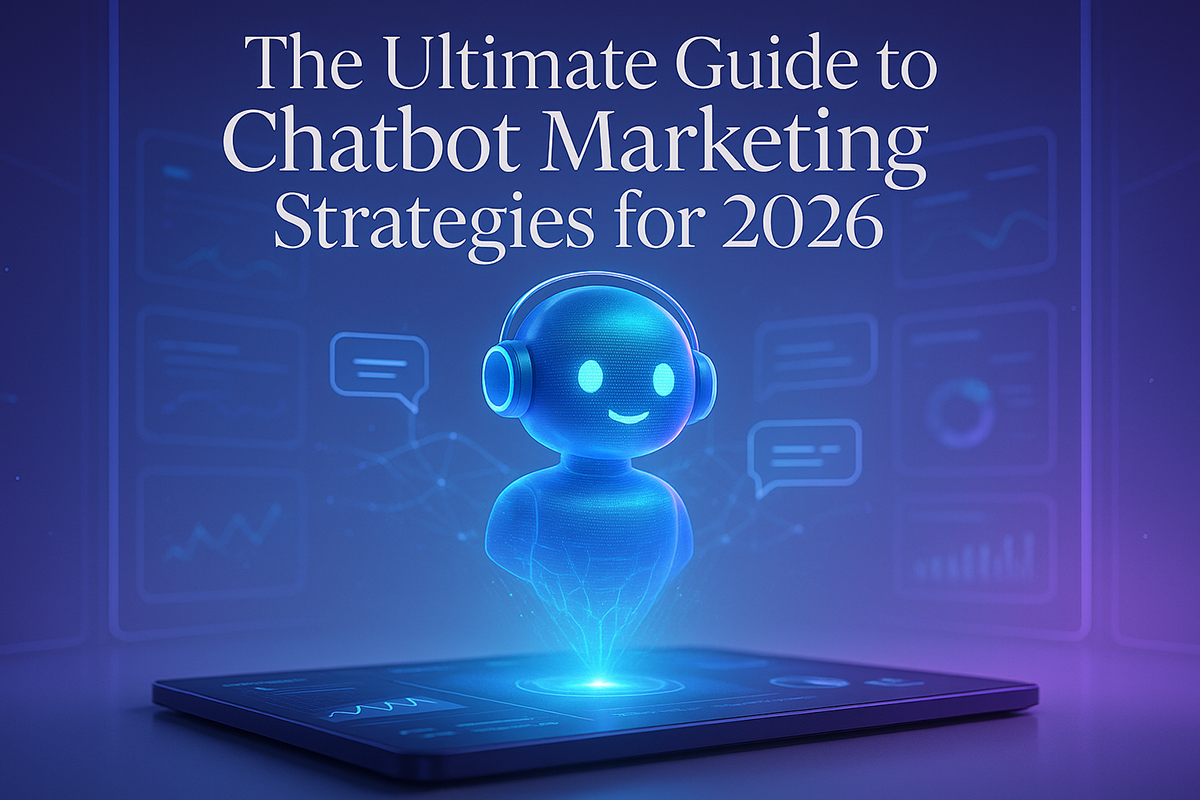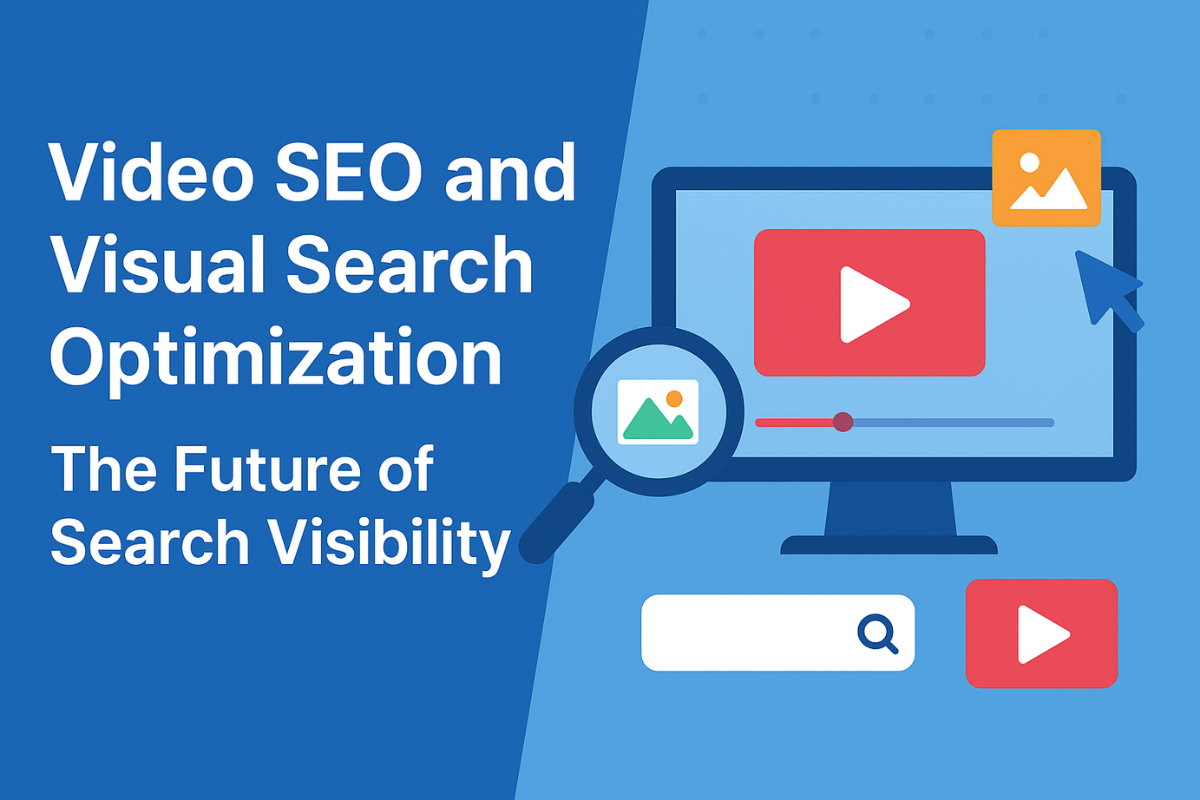Zero-click searches might sound like a bizarre thing but let’s think about them for a moment. Have you ever searched for something on Google, got the SERP results and immediately got what you were looking for from the results? Just by reading the link headlines and descriptions and without actually clicking on the link and visiting the page itself, with zero clicks. That’s essentially what a zero-click search is: a search that provides that user with the answer without them having to click on any links.
What are Zero Click Searches?
Zero-click searches are exactly what they sound like — searches that don’t lead to any clicks. You type something into Google, and the answer is right there on the screen. No need to visit a website, no need to scroll endlessly, and definitely no need to click through to a blog post or product page.
Let’s say you search for “weather in Los Angeles” or “how tall is the Eiffel Tower?” — chances are, Google’s already got the answer boxed up nicely at the top of the page. That’s a zero-click search. The user gets what they need instantly, often from a featured snippet, knowledge panel, calculator, map, or even direct answer box.
Or maybe you searched for “how to stop a running nose” and got to a few good answers like in the picture below that are from credible sources and give you the answer you needed without you having to click and read a full article.

All this is fast, convenient, and honestly… kind of brilliant from a user perspective. But for website owners and SEOs? Let’s dig into it further.
Why Are Zero-Click Searches Increasing?
One study conducted by SparkToro estimated that almost 59% of US and EU user searches were zero click and the numbers are rising exponentially, but why?
The short answer is that Google is trying to be more helpful — and faster — than ever before and is excelling at it. It’s now considering an array of combinations of how people search and how search engines should be responding through massive A/B testing data analysis from millions of users’ behaviours.
Think about how we use our phones now. Most searches happen on mobile, where users want answers now, without waiting for a site to load or scrolling through a long article. So, Google started packing the search results with instant answers — like featured snippets, “People Also Ask” boxes, local map packs, and knowledge panels — all designed to satisfy a query right on the search page.

Plus, voice search is a big part of the picture. When someone asks their phone, “What time does the dentist open?” they’re not expecting a list of links and 2000-word articles. They want a direct answer. And Google’s AI-powered systems are getting better and better at pulling up those instant responses.
The next reason for this is that Google is sending traffic to Google-owned products such as YouTube, Google Flights, AI-Overview and other products that are basically in direct competition for traffic with other non-Google-owned websites.
How Do Zero-Click Searches Affect Your SEO?
Here’s the tricky part: zero-click searches might get users the info they need, but they can seriously mess with your SEO goals — especially if those goals rely on traffic.
Let’s say you’re ranking #1 for a keyword. But if Google’s already pulled a snippet of your content and displayed it right at the top — and users don’t feel the need to click — your actual website visits might not reflect your top ranking. So, you’re doing the work, providing the answer, but missing out on the traffic.
It also means your click-through rate (CTR) could drop, even if your rankings stay solid. And for websites that rely on visits to convert leads, sell products, or show ads, that drop can directly affect your bottom line. In some industries — like health, finance, or local services — this is even more pronounced because Google serves rich info boxes or even entire step-by-step instructions directly on the SERP.
In short: zero-click searches aren’t killing SEO, but they are shifting how we measure success. Rankings alone don’t guarantee traffic anymore — it’s about positioning, intent, and how well your content shows up on the search page.
Strategies to Optimize for Visibility in a Zero-Click Landscape
So, if clicks are dropping, is all hope lost? Definitely not. The game is just changing — and smart SEOs are changing with it. The goal now is to own those zero-click moments instead of being sidelined by them.
Aim for the featured snippet
If someone’s going to get the spotlight, why not you? Structure your content to answer questions clearly and concisely — think bullet points, short paragraphs, and direct answers. Use headers like “What is…”, “How to…”, or “Steps to…” to help Google recognize your content as snippet-worthy.
Use structured data (schema markup)
Google loves organized info. By adding schema to your site — like FAQ, How-To, Local Business, or Product markup — you boost your chances of getting rich results that grab attention (even if they don’t get clicks, they do get noticed).
Own your brand search results
You might not always win generic keywords, but when someone Googles your brand, make sure you control what shows up. That means optimizing your Google Business Profile, using sitelinks, answering common questions, and even updating your social media presence.
Think beyond clicks
Even if you’re not getting the click, your snippet might be doing the heavy lifting — building awareness, establishing authority, or even influencing buying decisions. So, track impressions and position, not just traffic.
The point is that you can still win in a zero-click world — but it’s less about luring people to your site and more about showing up strong and early on the SERP.
How to Track and Measure Zero-Click Impact on Your SEO Efforts
So now you know zero-click searches are a thing — and you’re optimizing for them. But how do you actually measure the impact they’re having on your SEO?
First, you’ll need to shift how you think about success. It’s not just about traffic anymore. You also need to pay attention to impressions, SERP position, and CTR (click-through rate) — because sometimes, you’ll rank well and be seen a lot, but get fewer clicks than before. That’s a sign you might be part of a zero-click result.
Here’s where tools come in handy:
Google Search Console
This one’s your best friend. It shows you how often your pages appear in search (impressions), how many people are clicking, and what your average ranking is. If your impressions are up but clicks are flat or down, zero-click searches might be the culprit.
Tools like Semrush or Ahrefs
These can help you monitor which keywords trigger featured snippets or other SERP features. They also track “share of voice,” so you can see how visible you are even if people don’t click.
Track branded vs non-branded terms
Branded keywords tend to perform better in a zero-click world because users already know you and might click anyway. Non-branded? Those are more vulnerable to instant answers and knowledge panels.
Bottom Line
Zero-click searches aren’t the enemy — they’re just a sign that the search landscape is evolving. Google’s doing what it does best: trying to serve users faster, cleaner, and more directly. And while that might mean fewer clicks for some sites, it doesn’t mean your SEO efforts are wasted.
In fact, this is your opportunity to show up smarter. By optimizing for featured snippets, structuring your content clearly, and thinking beyond just traffic, you can still win visibility, build trust, and stay ahead of the curve.
Remember, SEO today isn’t just about getting clicks — it’s about getting seen, being helpful, and owning your place on the SERP. Zero-click doesn’t mean zero value… not if you play it right.














